The Quiet Key to Regional Peace
The Quiet Key to Regional Peace
By Mehmet Enes Beşer
In the face of increasing geopolitical unpredictability and competition between world superpowers, regional stewardship that maintains mutual trust, shared history, and realist diplomacy has perhaps never been so pressing. Perhaps nowhere is this clearer than in Southeast Asia, an insidiously located region between competing interests—from China’s rising maritime power to the rebalanced Indo-Pacific approach of the United States. In the midst of such a complicated backdrop, there is one relationship that shines not for celebrity tabloid politics but for enduring potential: the Malaysia-Indonesia relationship. Often overlooked in global discussion, the two-way Malaysia-Indonesia relationship is the foundation to being the backroom but eventual prime peace, stability, and regional harmony facilitator of Southeast Asia.
Indonesia and Malaysia are more than neighboring nations. They share deep commonality of civilization and culture, linguistic similarity, religious overlap, and interconnected diasporas. To that, both are emergent middle powers with more integrated economies in global supply chains and political institutions—imperfect, yes—on the basis of electoral legitimacy and standard-reforming democratic norms. These shared beginnings make some understanding and trust unusual in interstate relations, especially in so pluralized and sometimes adversarial a region as Southeast Asia. It is such trust, with the added piquancy of common interest, that is the basis for a sound and dependable relationship.
A consensus on a common vision of regional autonomy is the basis of this relationship. Both Indonesia and Malaysia have always accorded prime significance to ASEAN centrality and non-alignment in foreign policy. Both have declined the over-magnetizing experience of either over-alignment to one superpower at any point in time, and they have promoted, on the other hand, multipolar balance such that regional states retain the autonomy of maneuvering as well as staking their claims to sovereignty. In a time when great-power competition increasingly defines regional commerce—be it from the South China Sea to tech competition—this exercise of strategic autonomy is an antidote that ASEAN needs against polarization and escalation. Managed properly, this Indonesian-Malaysian platform can serve to solidify ASEAN as a bloc diplomatic force that can stand between tensions and keep the region from being a proxy-free battleground.
They are already highly economically integrated, with over $20 billion in two-way trade annually and growing steadily. Both nations are leading palm oil, energy, and Islamic finance producers. In addition, through their digital economies, youth populations, and dynamic labor markets, they are well-placed to shape the next wave of Southeast Asia’s growth. Strategic partnership would create new synergies between technology, clean energy, and infrastructure—spheres not merely crucial for expansion but post-pandemic growth and climate resilience too. In concert and jointly, Indonesia and Malaysia can capture the world’s attention and negotiate with one voice in economic dialogue, in global climate negotiations, and at multilateral economic conferences, supplementing the regional negotiating power in the international community.
Security cooperation should also be institutionalized. They have common non-traditional security interests: piracy at the Malacca Strait, transnational terror, human smuggling, and eco-terrorism. Mutual patrolling, sharing of intelligence, and de-radicalization are already in the pipeline but can also be enshrined under an institutionalized bilateral security agreement. Long-term, the agreement can be made accessible to other ASEAN like-minded states so that the ASEAN region can become a security community space that prefers the application of preventive diplomacy over militarization.
Of course, relations are strained. Periodic strains on issues of border demarcation, labor migration, and symbolic representation occasionally spill over into nationalist convulsions. But these are not Existential—far from it: typical of a close and sometimes adversarial relationship. What is so remarkable in the Indonesia-Malaysia case is that they have been able to resolve such issues through ordinary diplomatic means rather than escalation. This conflict-resolution talent is the secret to how their alliance actually regionally matters: it is a testament to grown-up, post-colonial diplomacy based on negotiation, compromise, and mutual respect. Indonesia and Malaysia will also be operating in a mediating capacity to wider regional and global talks. Indonesia, Southeast Asia’s largest economy and largest democracy, has moral influence and geopolitical muscle as well. Malaysia, long neutral and reliable participant in international Islamic diplomacy, commands such confidence of non-Western and Western great powers. All of them collectively can be marvelous bridges—not simply among ASEAN, but between ASEAN and the world altogether. They can utilize it so that Southeast Asia will become a friendly land of conversation, co-development, rather than a geopolitics battlefield.
Conclusion
In a corner of a world that is most often characterized by complexity, diversity, and outside vulnerabilities, Indonesia’s hardening attitude towards Malaysia is a reassuring turn of stability and hope. No Fussbudget Summit or tawdry coalition to determine Southeast Asia’s destiny but rather the stumbling, lumbering maturity of trust and consensus between two great powers that share a language and similar aspirations. By situating their shared history and discovering their visions of peace, multipolarity, and sovereignty in Southeast Asia, Indonesia, and Malaysia can be the moral and strategic keystone of regional diplomacy.
Their partnership’s power is a stunningly well-written subtlety. It isn’t one of dominance or enclosure, but one of mutual support for one another. It’s not a marriage of convenience or proximity, but of design—a commitment to an order of region where sovereignty is respected, diversity is honored, and peace isn’t desired due to power but out of compassion.
As the tectonic plates of the Earth keep moving relentlessly, Indonesia and Malaysia stand ready to make history—no longer as junior partners in another’s dream, but as co-architects of their own. If they possess the vision, patience, and solidarity to set the pace, their union will not only enrich their peoples but be the stage for a truly secure, peaceful, and genuinely Southeast Asian century.



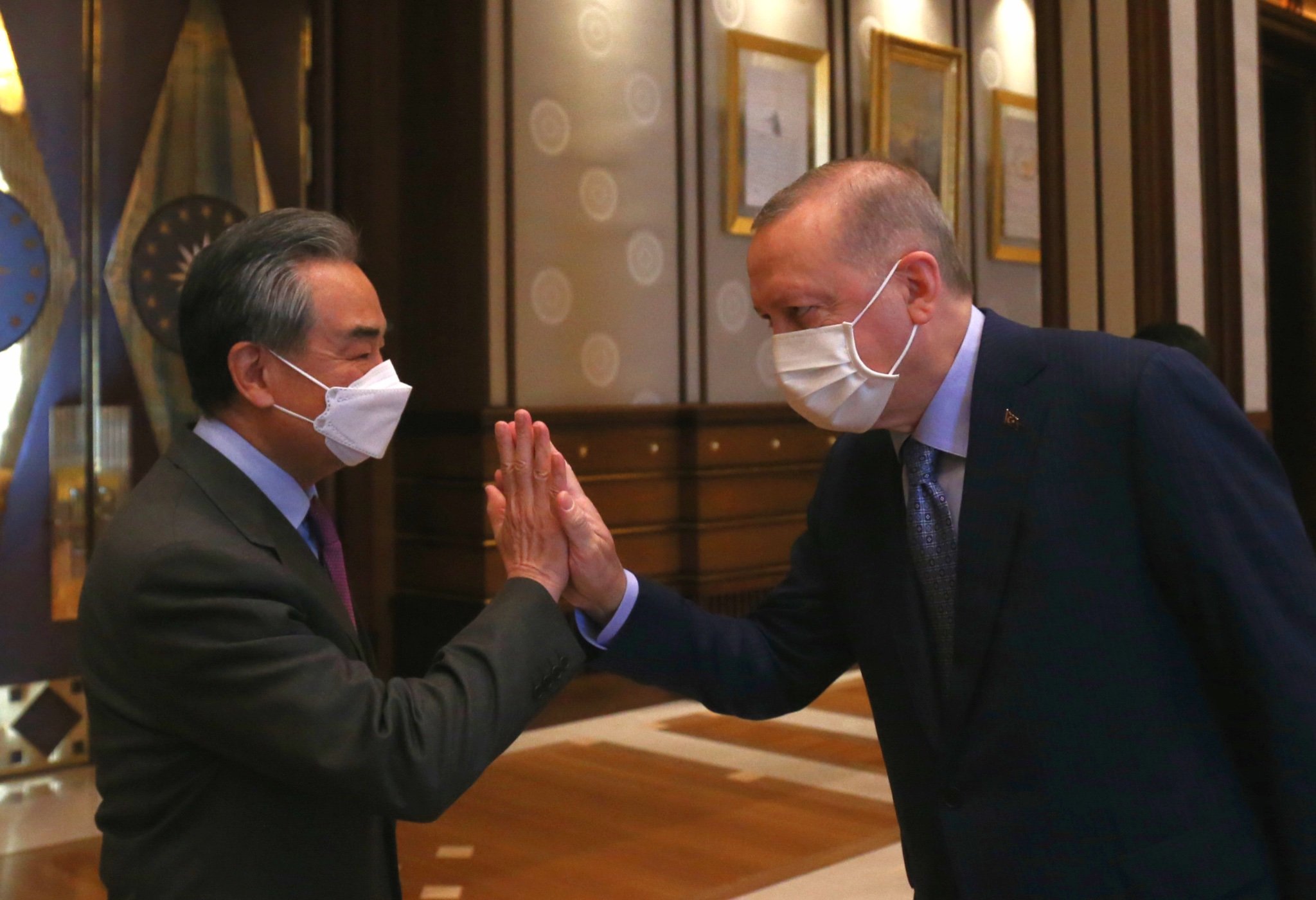



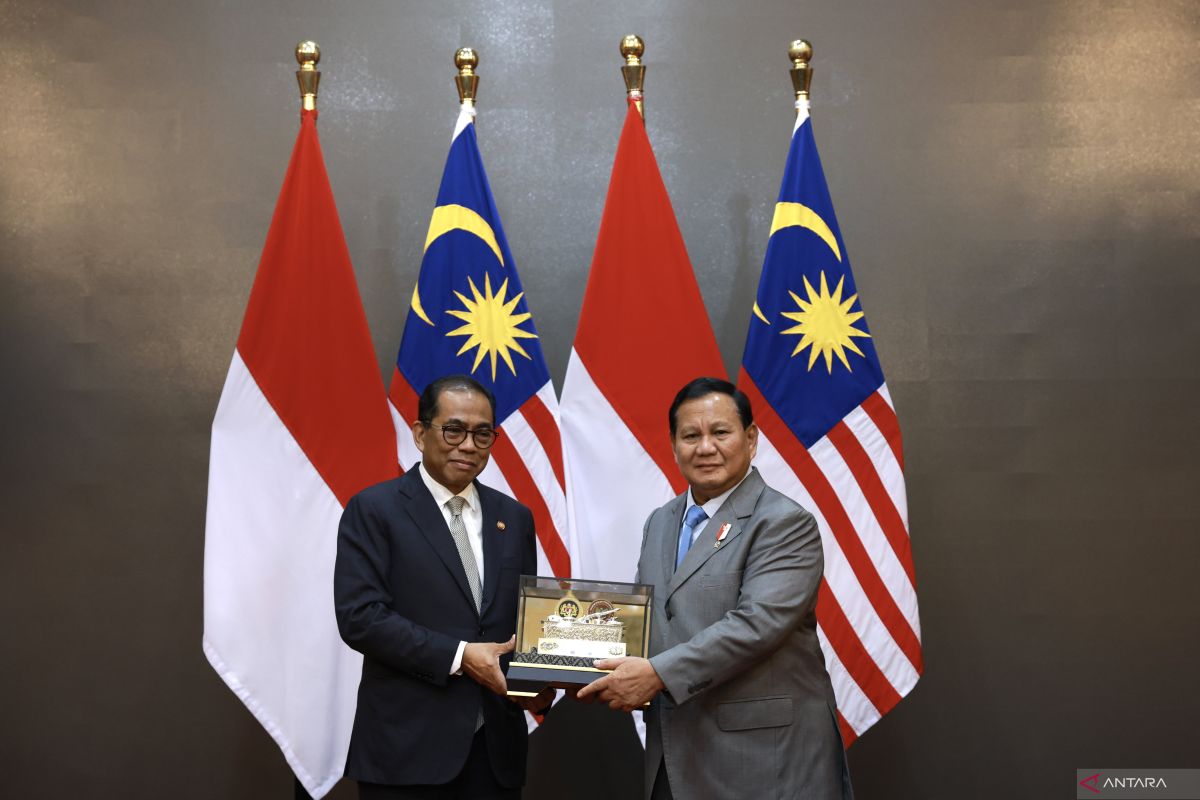



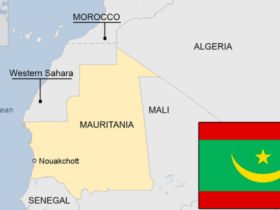



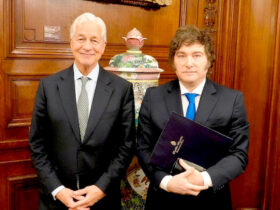
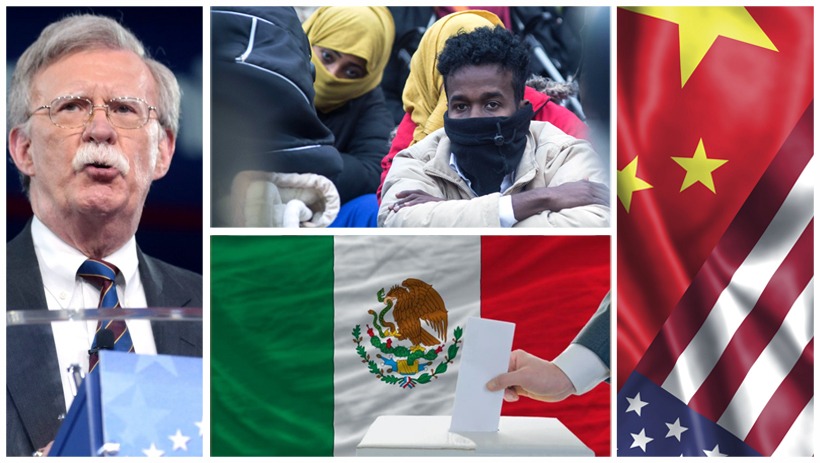
Leave a Reply